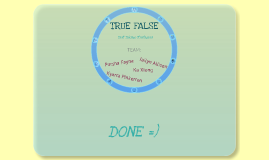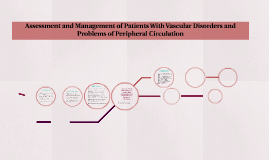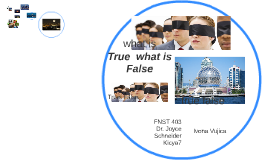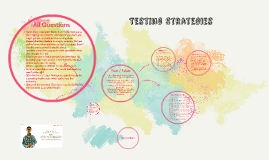True/ False
Transcript: Strategy 1: TEAM: TRUE FALSE -I generally buy 2-3 pairs of shoes each week -I do not own over 100 pairs of earrings -I always take a nap after classes Activity -50/50% chance -T/f questions are used for evaluating student's knowledge on specific facts and concepts - ACTIVITY F A C T S Jailyn's Quiz - - - Kyarra Pinkerron 3. Jailyn Allison Porsha's Quiz Guess False or True Assume statements are true unless you know they are false (or unless they include the two expectations to guessing false) 4. Activity Strategy 3: Ka Xiong Guess false when you - find that any part of the statement is false -or when the statement starts with BECAUSE, DUE TO, or SINCE. I never do not attempt to do my homework Test Taking Strategies I never not liked dogs. I preformed at Walt Disney World. I am not voting. Advantage: -gets students thinking more about the materials. Disadvantage: -lead to assumptions Porsha Fayne A qualifier is a word or phrase that change how absolute, certain, or generalized a statement is. There are two main types of qualifiers: Absolute qualifiers: are false statements. use these when you want to appear decisive and when you want the other person to be certain about a decision. look for these following words all, none, always, never, no, nobody, and only. General qualifiers: are true statements. Use these words when you want to allow real-word variation. Use them when you suspect the other person may challenge an absolute qualifier. look for these words few, seldom, some, generally, many, usually, and most. 2. Negatives Activity I am 5'1 -read statements slowly. -if stuck, move on and come back -use background info. -use context clues from other questions -go with first instincts -don't over think DONE =) Other Strategies - You will be given three statements about each of us. -Use strategies learned and find out which statements are true or false. -Reminder: there are two false and one truth Negatives -are a part of a word such as no not or non. Prefixes of negative words : not, cannot, un, dis, il, non, in. Negative words include : no, none, nowhere, neither, nobody, no one, hardly, scarcely, and barely. Double negatives - are a non standard use of two negatives in the same sentence. Double negatives cancel each other out and it creates a positive sentence. Ex. Most students are not unwilling to have math anxiety. DOUBLE NEGATIVES ARE USED AS TRICKS! BEWARE. Ka's Quiz - I always never let my room be messy. - I do not dislike to drink milk. -I never not like to cook. Two False and one truth I am never usually irresponsible Qualifies Activity Strategy 2: 1. Kyarra's Quiz

















